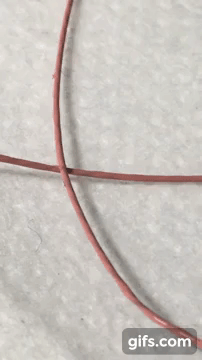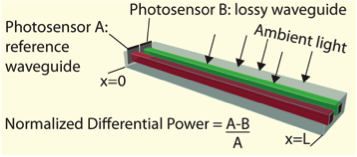Most of us are working remotely as much as we can. Grad students have simulations and writing to do, and some coursework. Since courses have also gone remote, that works. Undergrad and Masters students have computer-based design or small experiments, things like collecting data from a sensor with an Arduino to get that final project …
Author Archives: cindy.harnett@louisville.edu
Simulation station
Shaf continues his work with flow on microelectromechanical structures (MEMS) as tiny liquid flow rate sensors. Here he’s using COMSOL to simulate water flowing over a cantilever array. As the cantilevers bend, they affect how the water can flow around them, so the solver needs to calculate a new mesh (upper left image) at each …
Scavenged signal sources
Is it possible to run optical sensors using only light from the environment? Turning off the light source, even if it’s a tiny LED, will save a significant amount of energy when we’re running the sensor from a small battery. This paper looks at how a pair of sensors with different optical absorbance might use …
Embedded Systems projects posted
University of Louisville Embedded Systems final projects from 2019 are now up at the ECE 412 course blog. Class members are becoming embedded developers, and must go beyond examples to create original work. They don’t have to reinvent the wheel. It’s fine to re-use bits of other peoples’ code, especially other libraries, with attribution. However–as …
Sensors for driver safety
Vehicles gain more sensors every year. Outward-facing sensors get the most attention: active braking, proximity sensing, rain-adapting. But what about the vehicle interior? We teamed up with experts on human-machine interaction to collect information on how sensors in vehicles might measure occupants’ stress levels and other safety-relevant behaviors. This literature review covers two types of …


